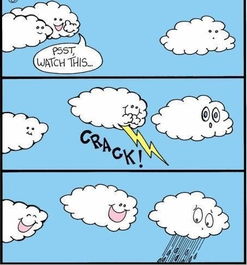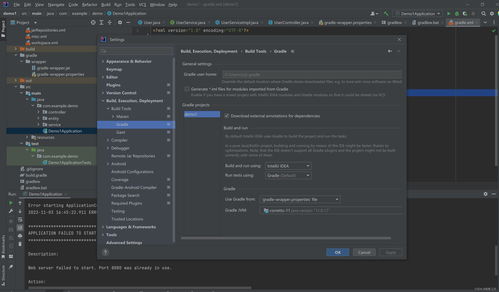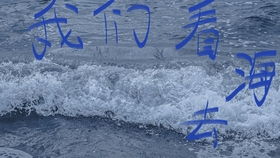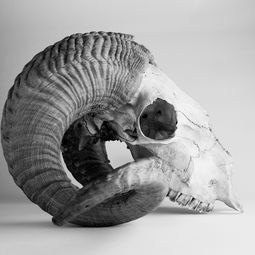
As the seasons transition from the warmth of summer to the crispness of fall and the deep chill of winter, the allure of pond fishing remains a steadfast pastime for anglers of all skill levels. The change in weather and water temperatures can significantly impact the behavior of fish, making it essential to adapt your techniques accordingly. In this article, we will delve into the intricacies of pond fishing during the fall and winter months, offering valuable tips and tricks to help you land more fish during these cooler times.
Understanding the Behavior of Fish in Fall and Winter
During the cooler months, fish tend to become more inactive and move to deeper waters where the temperature remains more stable. Understanding this behavior is the first step in mastering the art of pond fishing during the fall and winter.
Water Temperature: Fish are cold-blooded creatures, and their metabolism slows down as water temperatures drop. Aim to fish during periods when the water temperature is warmer, such as midday when the sun is at its peak.
Sheltered Areas: Fish seek shelter from the cold and currents during the cooler months. Look for areas with submerged logs, rocks, or vegetation where fish can hide and conserve heat.
Deeper Waters: As mentioned earlier, fish move to deeper waters where the temperature is more consistent. Focus your efforts on the deeper parts of the pond, especially near the edges where the water is cooler.
Choosing the Right Equipment
The right equipment can make a significant difference in your pond fishing success during the fall and winter.
Rod and Reel: A lightweight, sensitive rod is ideal for detecting subtle bites. A spinning reel with a smooth drag is also recommended to handle the lighter line and smaller baits typically used during these months.
Line: Use a lighter line, such as 4-6 pound test, to avoid spooking fish and to provide better sensitivity. Fluorocarbon line is a great choice as it is less visible in the water and has a lower stretch than monofilament.
Lures and Baits: In the fall and winter, fish are less active, so it's important to use smaller, more natural-looking baits. Live bait like worms, minnows, or leeches can be effective, as can small artificial lures like jigs, spinners, and small crankbaits.
Techniques for Fall and Winter Pond Fishing
Patience is Key: Fish are less active during the cooler months, so patience is crucial. Wait for longer periods between casts and allow your bait to settle on the bottom for extended periods.
Vertical Jigging: Vertical jigging is an effective technique for fall and winter pond fishing. Drop your jig to the bottom, then lift it slightly and let it fall back to the bottom. This mimicry of a struggling baitfish can trigger strikes.
Rigging Live Bait: When using live bait, rig it on a small hook with minimal weight. This allows the bait to swim more naturally and increases the chances of attracting fish.
Trolling: Trolling can be an effective way to cover more water and find fish. Use a slow, steady retrieve with small lures or spinners, and be prepared to adjust your speed based on the water temperature and fish activity.
Adjusting for the Weather: Pay attention to the weather conditions. On sunny days, fish may be more active, while on cloudy or windy days, they may be more difficult to catch. Adapt your techniques accordingly.
Final Thoughts
Pond fishing during the fall and winter can be a rewarding experience for anglers willing to adapt their techniques to the changing conditions. By understanding the behavior of fish, choosing the right equipment, and employing effective techniques, you can increase your chances of success. Remember, patience and persistence are key, and with the right approach, you can enjoy a peaceful day on the pond, reeling in fish even as the seasons change.












